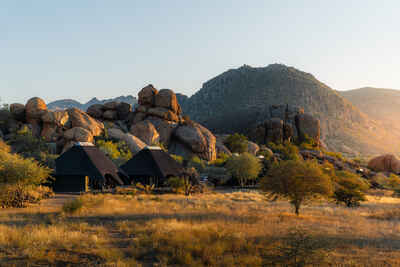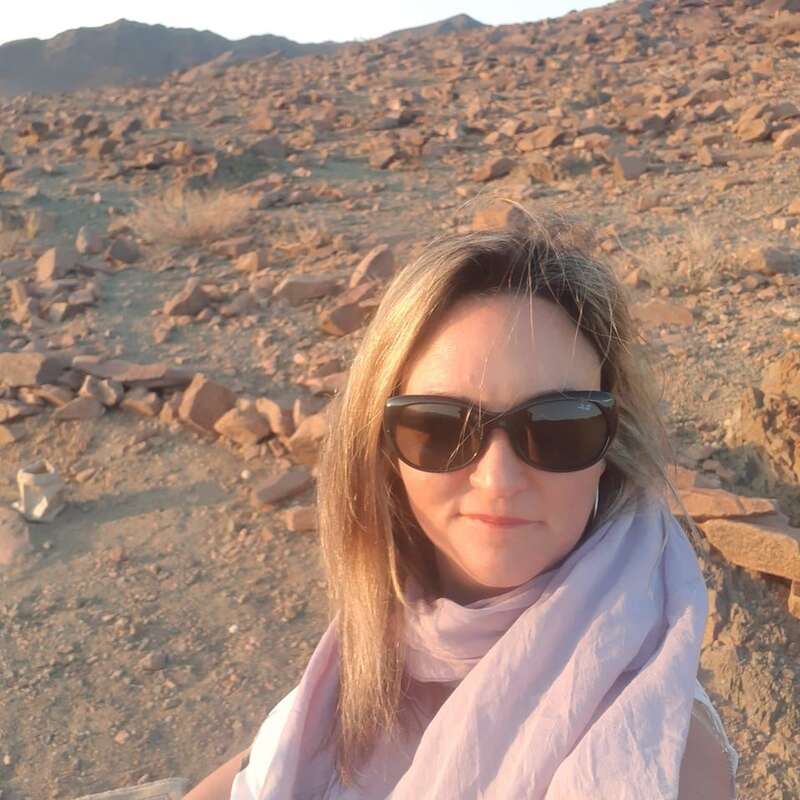About Ai Aiba Lodge
To stay at Ai Aiba is to be immersed in an extraordinary gallery of ancient rock art.
It's no accident that the place is also known as The Rock Painting Lodge, for here – amidst the rugged terrain of the remote Erongo Mountains – the San people were recording their way of life in art more than 2,000 years ago.
It's fitting, then, that Ai Aiba is a simple lodge, its deeply thatched roofs and huge windows keeping the extremes of weather at bay.
That's not to say it goes without creature comforts: air conditioning in the 20 en-suite rooms is welcome in the summer, while enjoying a coffee or cold drink on your own veranda is the perfect way to unwind in privacy.
The main area is comfortable, too, with tables laid for good, home-cooked meals, a warming fire for winter evenings and a bar on hand for cooling drinks.
But it's the great outdoors that is at the heart of the lodge's appeal. Even without leaving the grounds you can bask by the palm-shaded pool or settle down in the peace of the lush gardens.
Explore on foot, with or without a guide – but don’t miss the sundowner hike! Venture further by 4WD and discover more of Erongo's secrets. Or find out about the San people’s traditions at one of Namibia's “living museums”. , where San people depict their traditional way of life.
Our view
Ai Aiba Lodge is a simple and relatively economical place to stay between Etosha and Windhoek and is within reach of Windhoek airport for most afternoon departures. Located in a less-visited area of Namibia, it is well placed for some of the country's best and most abundant examples of rock art. It is also an excellent location to take a break from bouncing around in a vehicle and stretch your legs on a hike, with or without a guide.
Accommodation
20 twin rooms
Children
Best for 7+
Open
All year
Activities

4WD Safari

Birdwatching

Cultural excursion

Guided walking safari

Private activities

Self-guided walking
Traveller reviews of Ai Aiba Lodge
57 real, un-edited reviews from Expert Africa's travellers.
Arrived 3 Jun 2025, 3 nights
"Ai Aiba Lodge review"
Overall rating: Good
Arrived 17 May 2025, 2 nights
"Ai Aiba Lodge review"
Overall rating: Good
Arrived 23 Apr 2025, 2 nights
"Remote and rugged"
Overall rating: Good
Arrived 7 Apr 2025, 2 nights
"Ai Aiba Lodge review"
Overall rating: Good
Arrived 30 Mar 2025, 3 nights
"Ai Aiba Lodge review"
Overall rating: Good
Arrived 29 Mar 2025, 2 nights
"Fabulous Ai Aiba"
Overall rating: Excellent
Arrived 17 Mar 2025, 2 nights
"Ai Aiba Lodge review"
Overall rating: Good
Arrived 8 Oct 2024, 1 nights
"Ai Aiba Lodge review"
Overall rating: Excellent
Arrived 7 Sep 2024, 2 nights
"Ai Aiba Lodge review"
Overall rating: Excellent
Arrived 16 Sep 2024, 1 nights
"Ai Aiba Lodge review"
Overall rating: Excellent
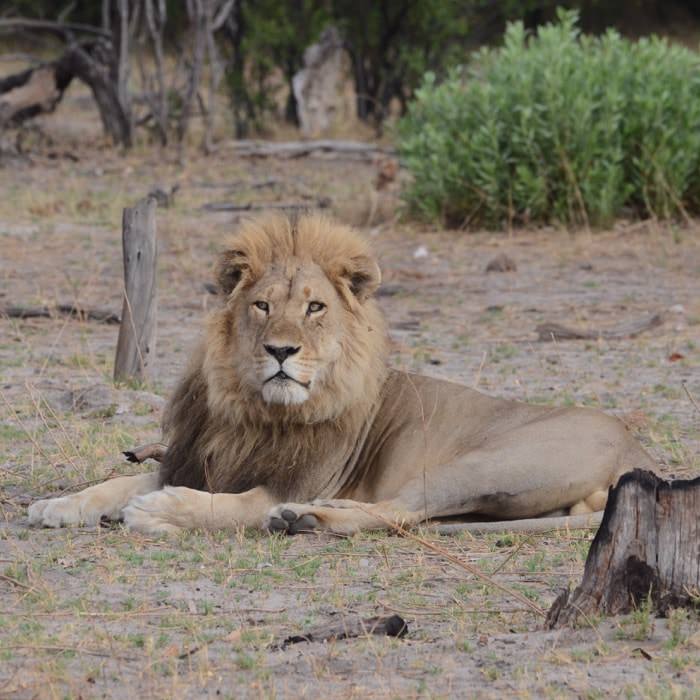
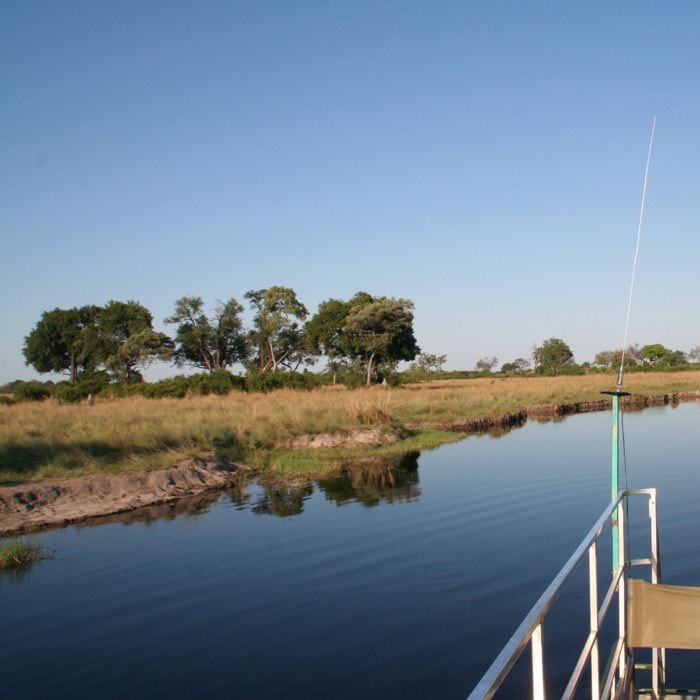
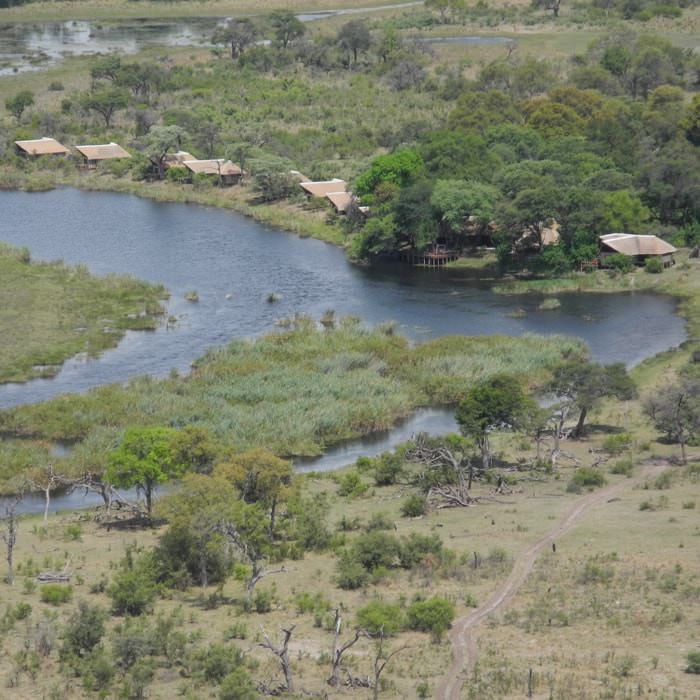
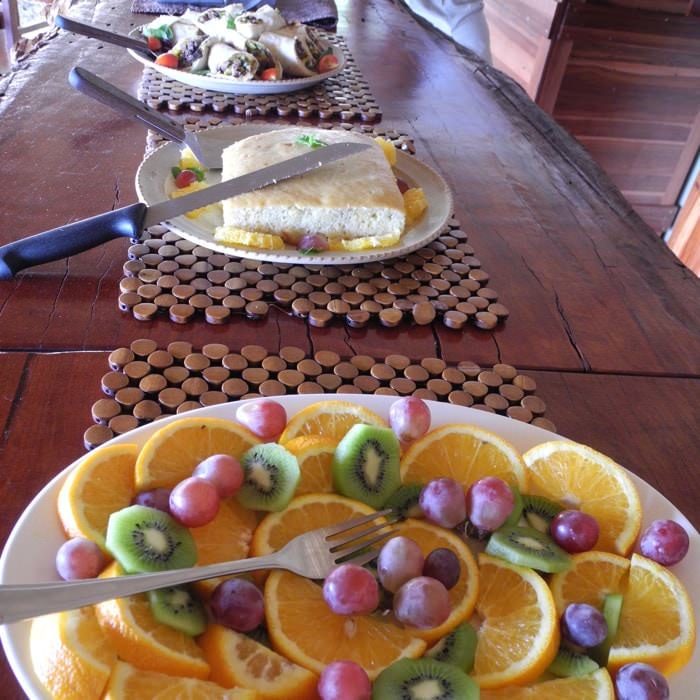
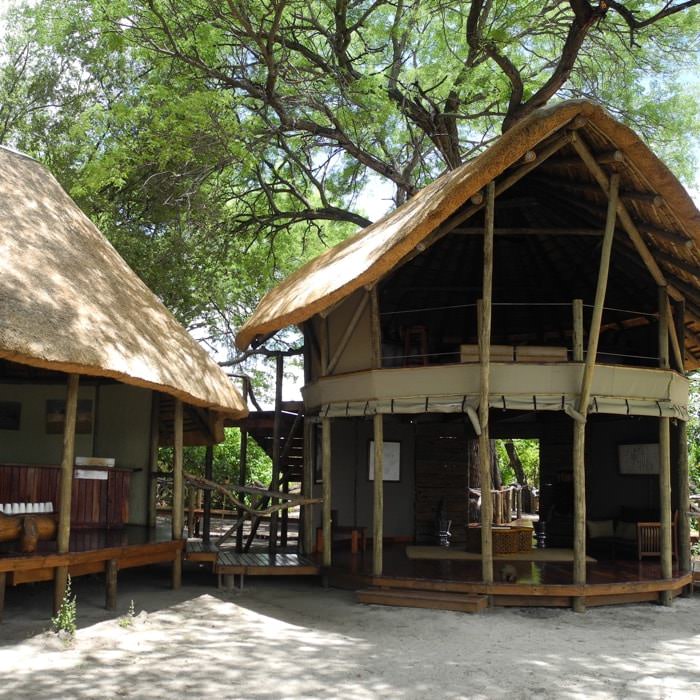
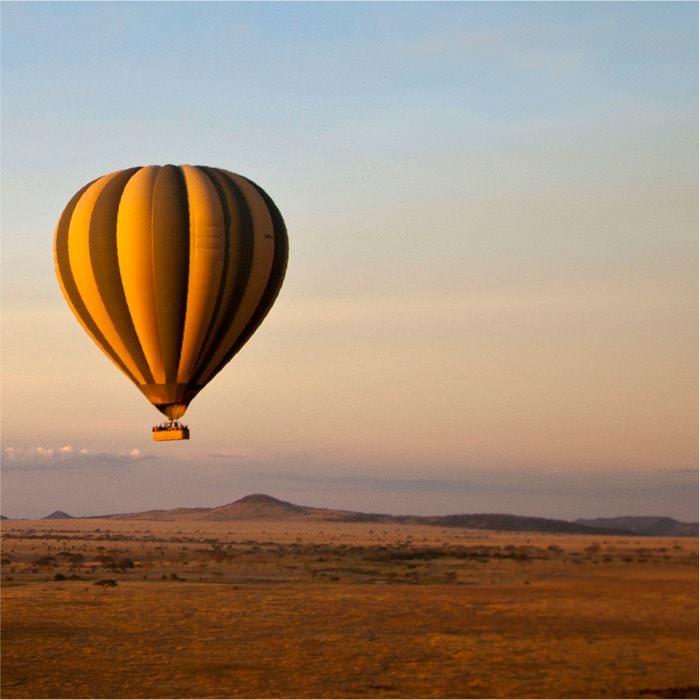
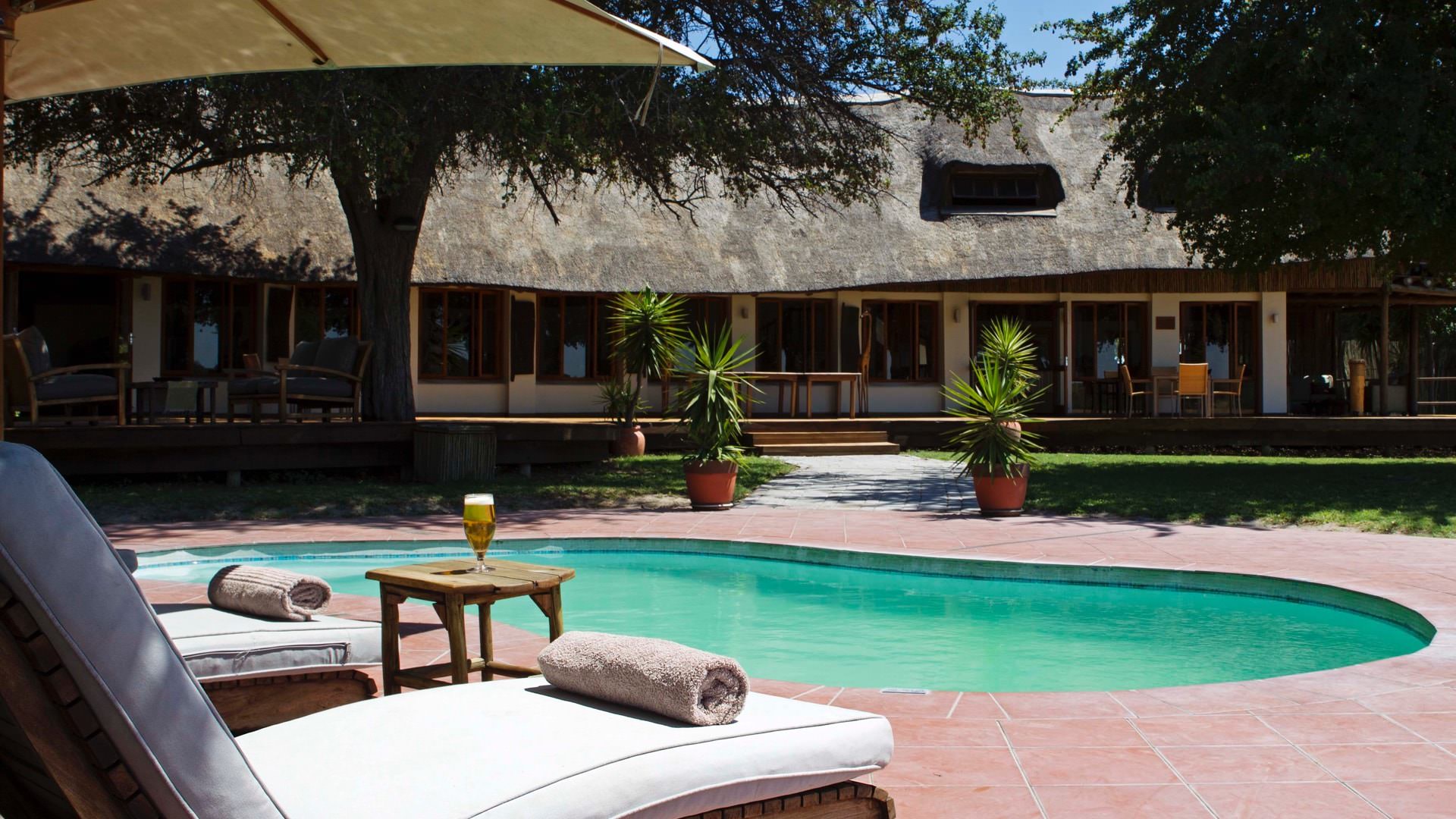
Expert Africa's gallery
When we travel we take lots of photos ourselves to give you a real and un-edited view of the safaris. See our 1 pictures of Ai Aiba Lodge to get the candid view.
View gallerySafaris visiting Ai Aiba Lodge
Just ideas, we'll always tailor-make a trip for you
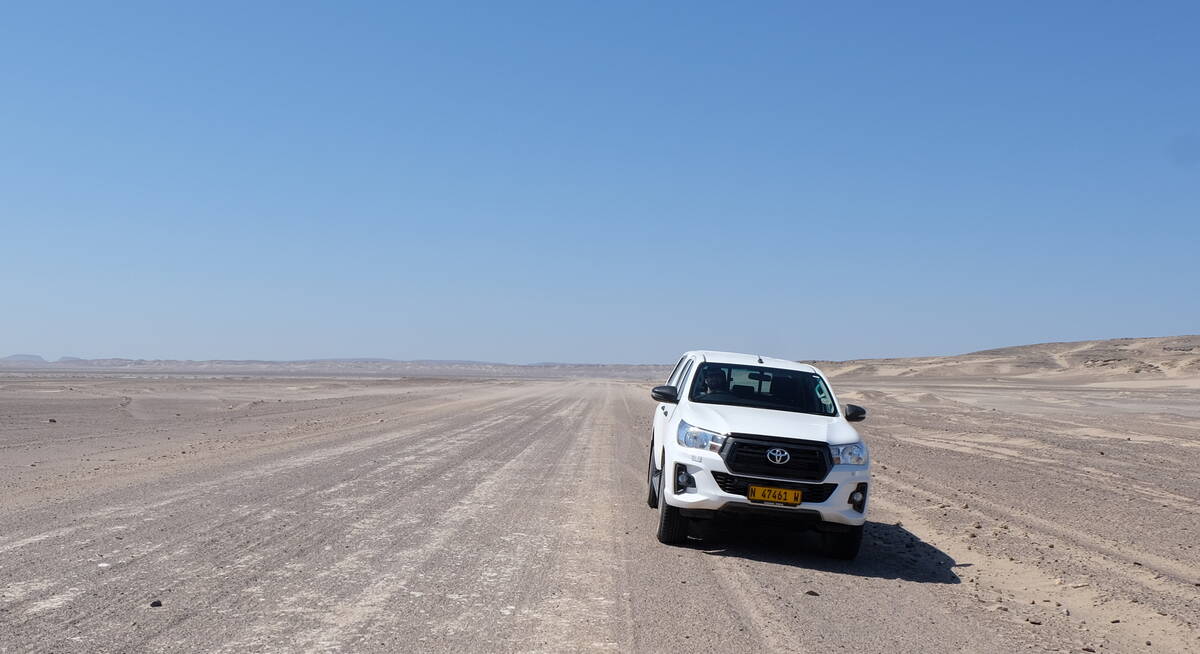
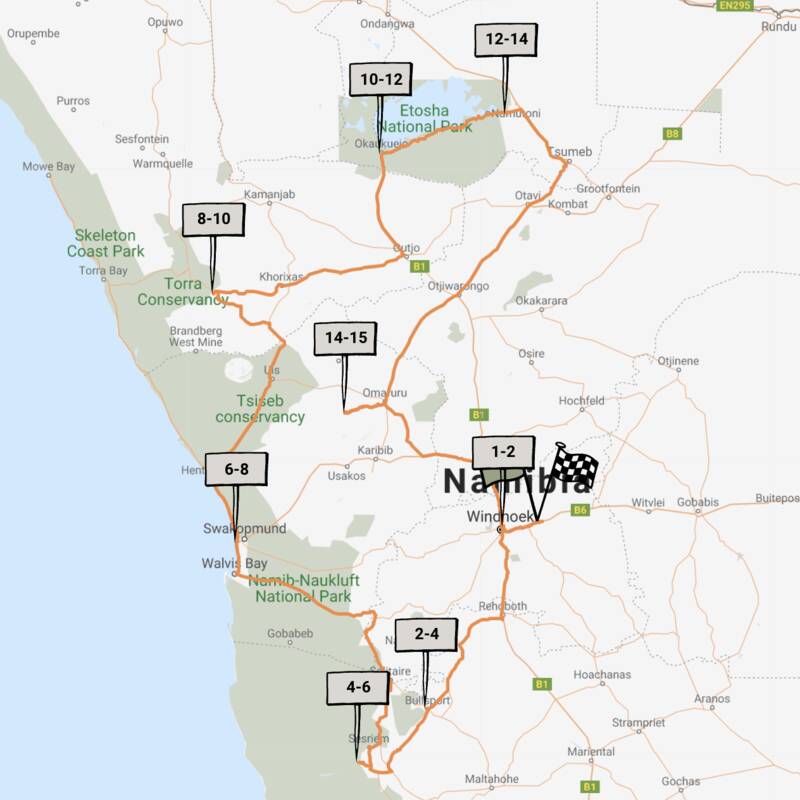
Caracal Self-drive Safari
14 days • 8 locations • 1 country
WINDHOEK AIRPORT TO WINDHOEK AIRPORT
The quintessential Namibian self-drive adventure exploring the highlights from Sossusvlei and the Namib Desert to Damaraland’s wilderness and a safari in Etosha. A great mix of accommodation and excellent value.
Visiting Namib-Naukluft, Damaraland and 4 other areas
US$4,280 - US$4,280 per person
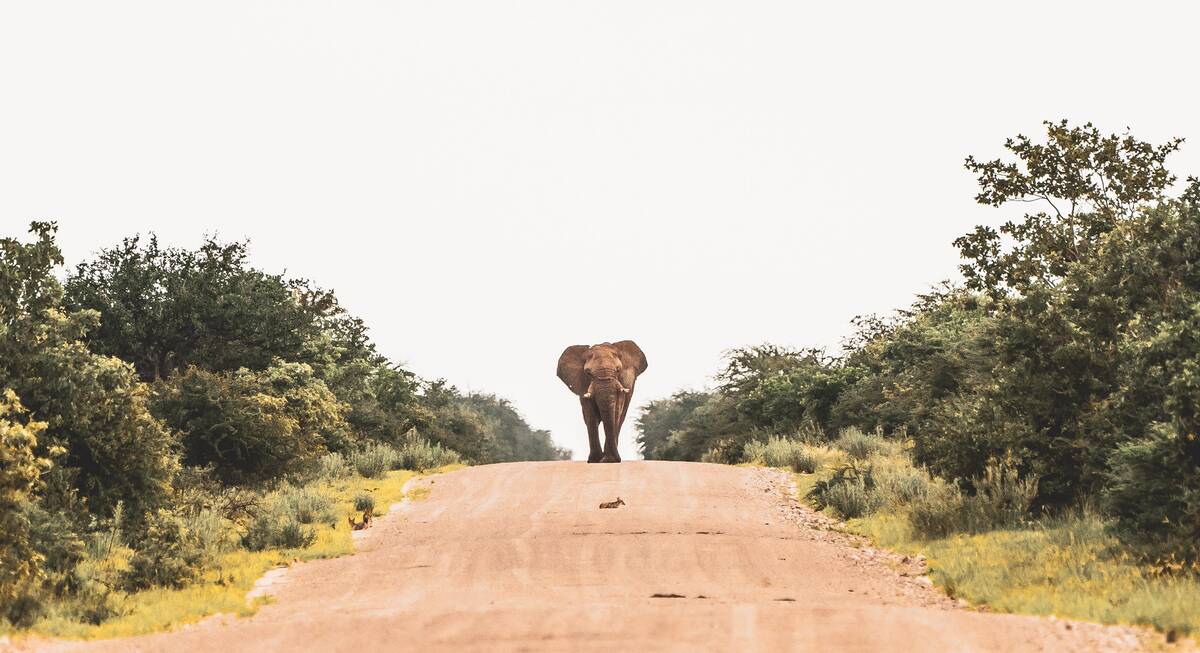
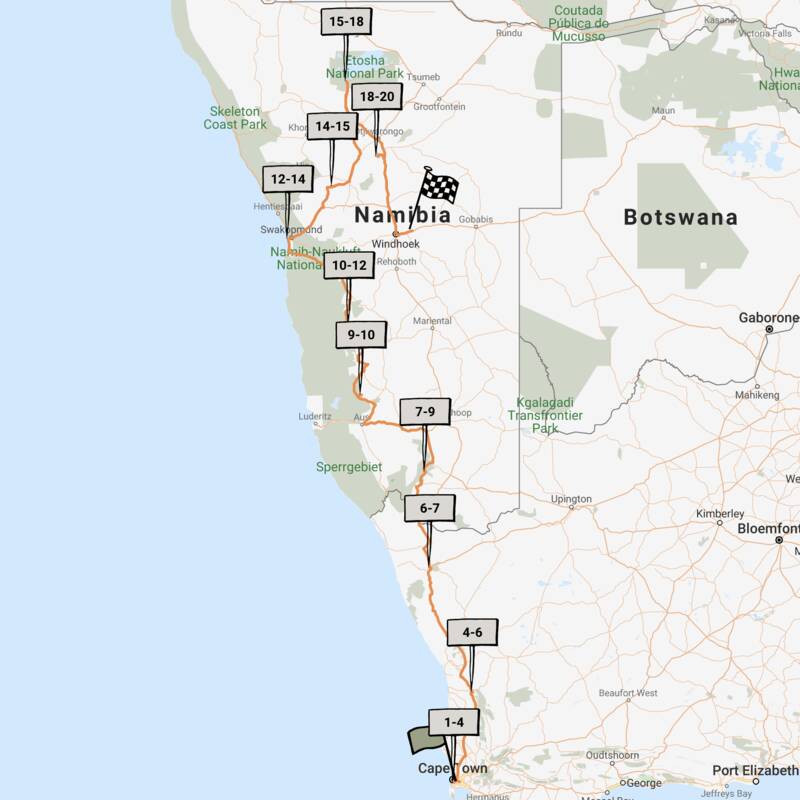
Black Wildebeest Self-drive Safari
19 days • 10 locations • 2 country
CAPE TOWN AIRPORT TO WINDHOEK AIRPORT
Journey from South Africa’s cosmopolitan Cape Town to central Namibia’s Okonjima Nature Reserve during this self-driven safari. The route passes through a stunning variety of landscapes, offering access to this beautiful continent’s rich diversity.
Visiting Okonjima, Namib-Naukluft and 7 other areas
US$4,380 - US$4,410 per person
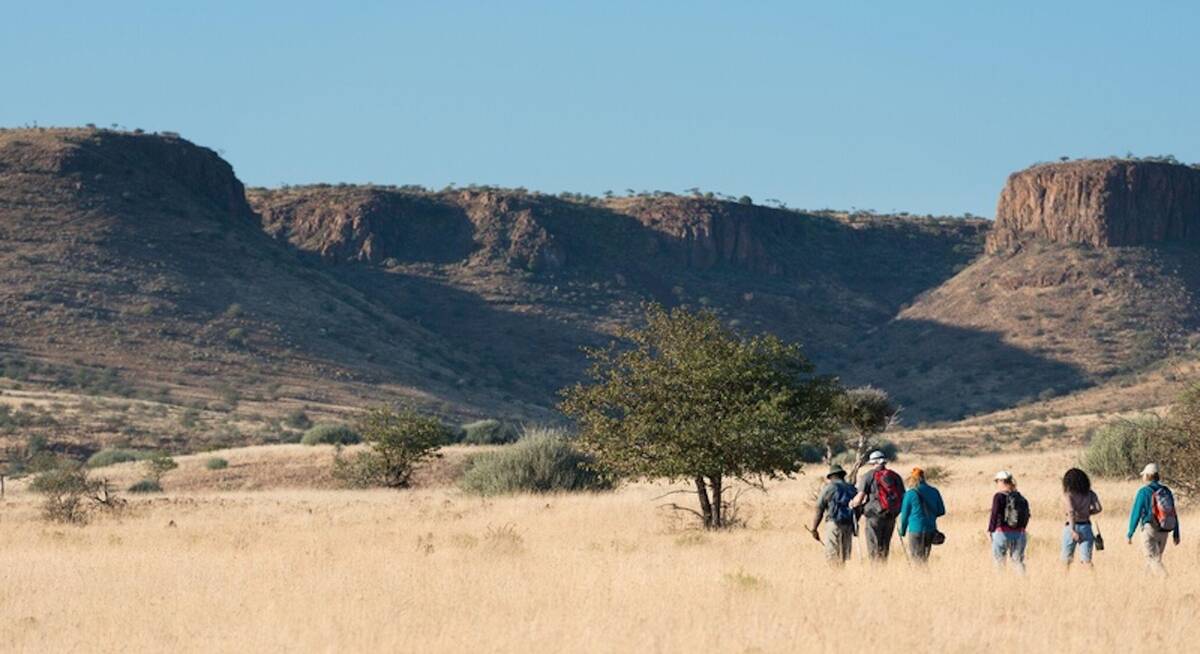
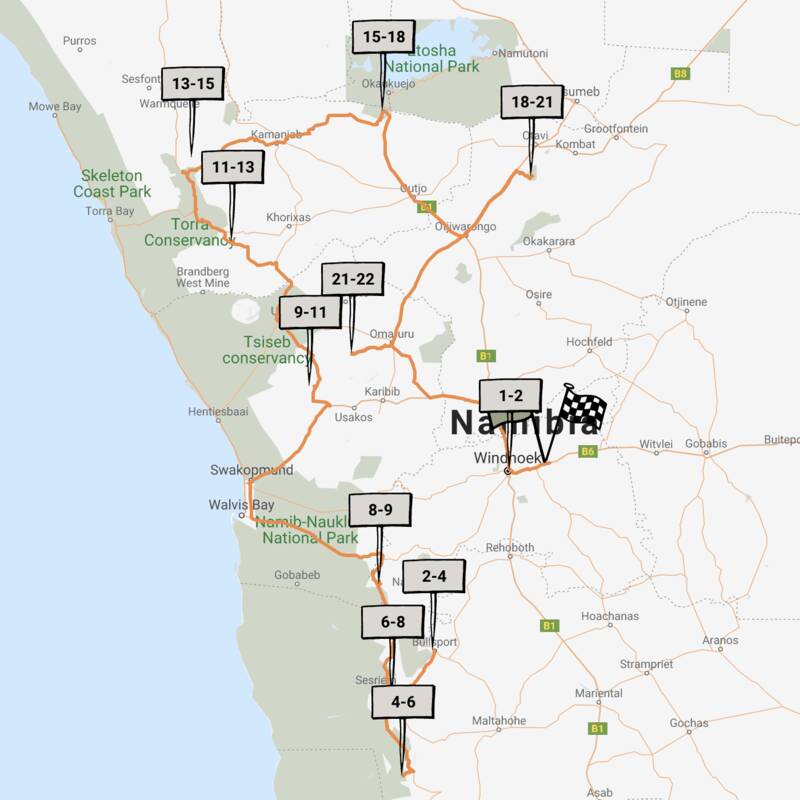
Chongololo Self-drive Safari
21 days • 11 locations • 1 country
WINDHOEK AIRPORT TO WINDHOEK AIRPORT
This self-drive safari focuses on the best walking experiences in Namibia. Get your boots ready for the apricot dunes of the Namib Desert and the ancient hills of Damaraland.
Visiting Central Highlands, Namib-Naukluft and 4 other areas
US$10,140 - US$10,270 per person
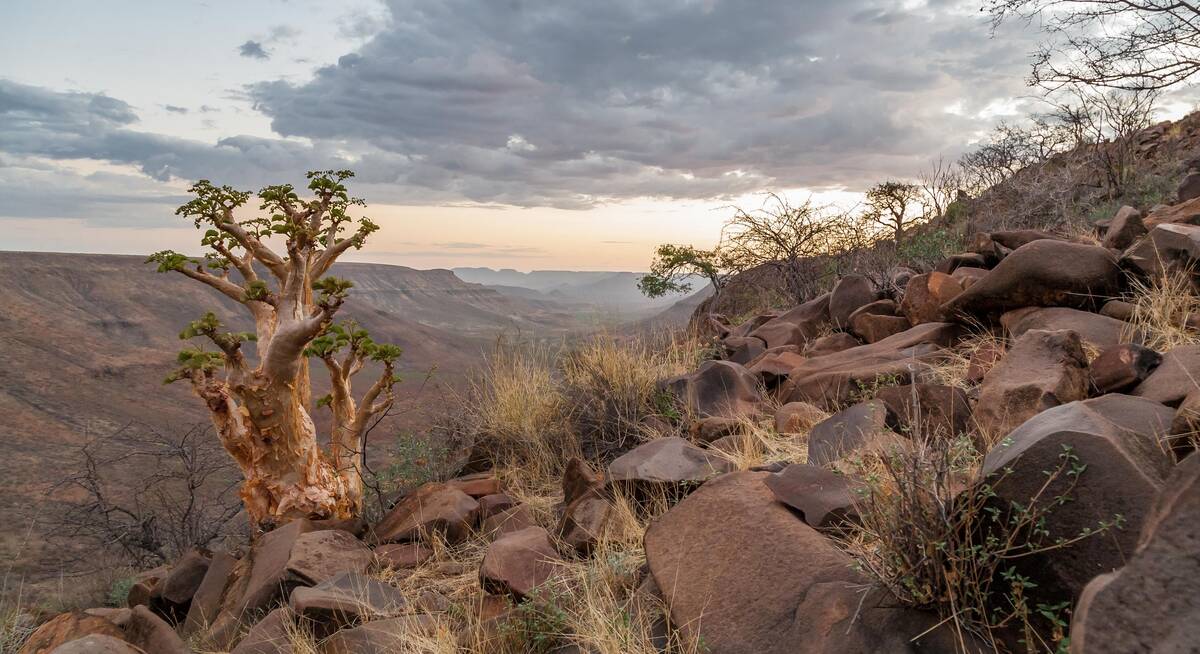
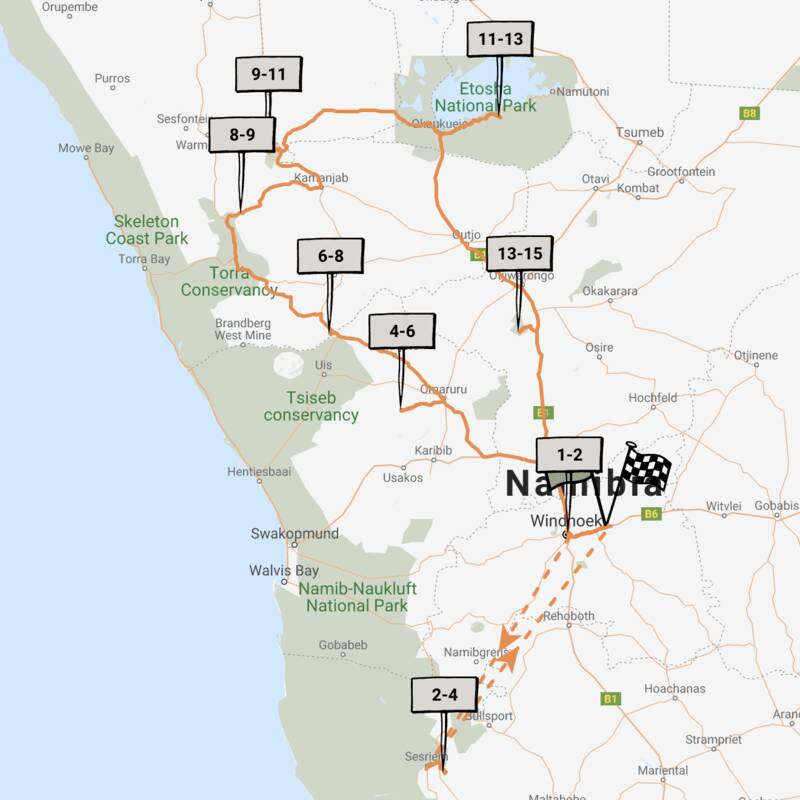
Dune Lark Fly & Drive Safari
14 days • 8 locations • 1 country
WINDHOEK AIRPORT TO WINDHOEK AIRPORT
A combination fly-in self-drive exploration of Namibia, with quick, easy and scenic flights in and out of Sossusvlei before a classic road trip adventure of the country’s rugged north.
Visiting Okonjima, Namib-Naukluft and 4 other areas
US$5,980 - US$5,980 per person
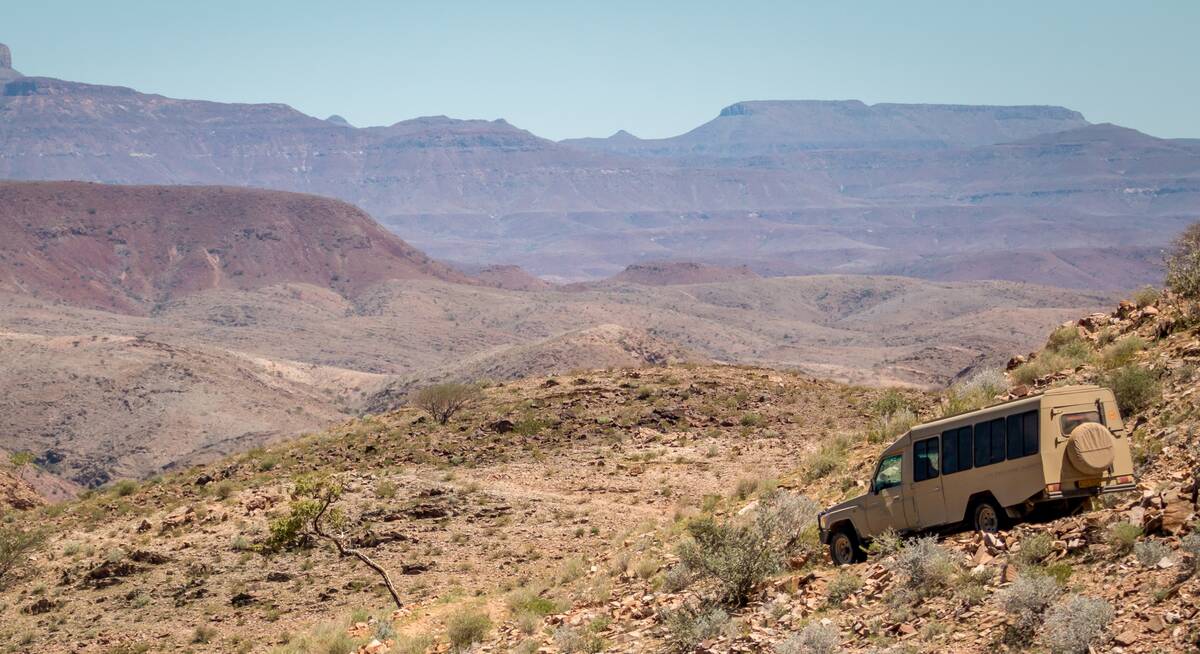
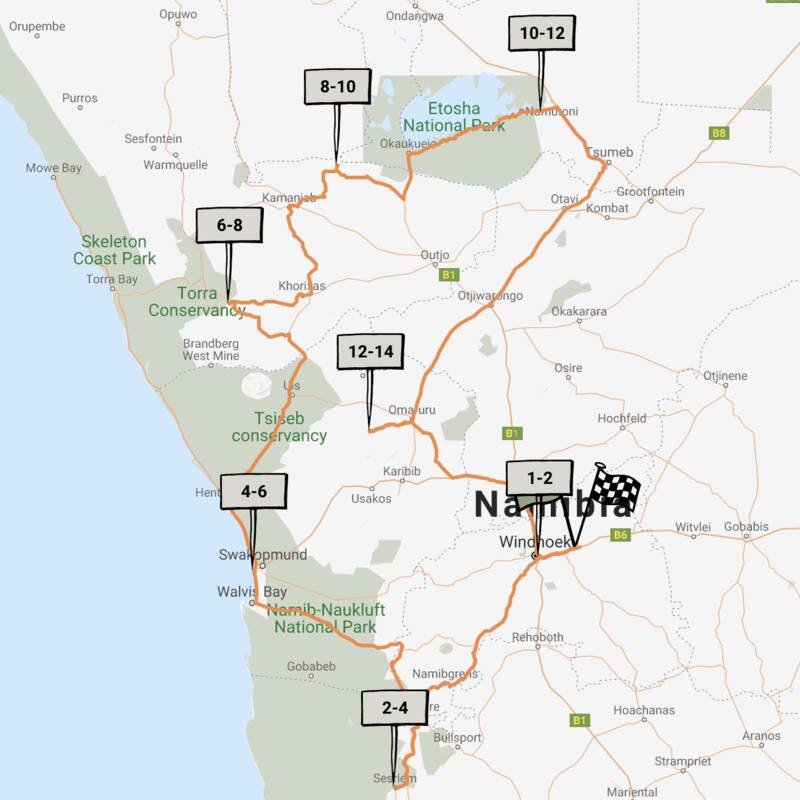
Cape Fox Guided Safari
13 days • 7 locations • 1 country
WINDHOEK AIRPORT TO WINDHOEK AIRPORT
A classic clockwise circuit around Namibia’s northern highlights with a private guide and vehicle. We can’t think of a better way to see more in this timeframe.
Visiting Windhoek, Namib-Naukluft and 4 other areas
US$11,890 - US$13,840 per person
Ai Aiba Lodge: Our full report
Nestled at the foot of a granite kopje, Ai Aiba has enviable views of Namibia's Erongo Mountains.
The surrounding area hides a high concentration of Bushman rock art, leading to the camp's alternative name, The Rock Painting Lodge. Over 200 sites have been recorded here, some thought to be over 2,000 years old and many in excellent condition. The area's rolling hills and rugged terrain are also well-known for hiking.
Ai Aiba is a good-value place to stay in an interesting area with a lot to offer – and we were delighted when, after a challenging period, the management was taken over in 2017 by the team that was behind Erongo Wilderness Lodge.
With 20 twin rooms configured in pairs in ten thatched chalets, the lodge is relatively large. High thatched roofs and small windows can make the rooms feel a little dark but help to keep them cool in Namibia's hotter months (October–December).
Each air-conditioned room has twin beds, a tea and coffee station, small honesty fridge with refreshments and a small lounge area with comfy armchairs and a coffee table. The luggage storage area is in the en-suite shower room, where guests will also find an electronic safe for valuables. To the front of the room a veranda with chairs and a coffee table is a welcoming, private spot to relax.
The main area at Ai Aiba focuses on a large, thatched building that houses the reception, a substantial dining area, a lounge area and a bar. Outside is a substantial swimming pool surrounded by palm trees and sunloungers, and a lush garden where tables and chairs are set out in the shade.
The lodge offers a range of activities, predominantly focused on the surrounding area's rock art and hiking opportunities. Morning or afternoon nature drives explore the 2,000km² Erongo Conservancy, stopping at some of the more accessible examples of rock art. Although there is wildlife here, including re-introduced rhino, note that this is not primarily a wildlife destination.
Hiking is one of the area's big draws, with options including a short one-hour self-guided trail, guided walks to see rock art, a combination walk and drive and a sundowner hike. The difficulty of these guided hikes can be varied to reflect travellers' ability and preference.
During our stay in April 2025, we loved the sundowner hike up the mountain near the lodge; while rocky and best suited for those with a moderate level of fitness, it's a fantastic two-hour excursion. The walk up takes about an hour, followed by around 30 minutes at the summit to soak in the breathtaking views and scenery. Sipping a chilled drink as the sun dips below the horizon, painting the sky in shades of gold and crimson, is a magical moment you won’t soon forget. (Please note that drinks are at extra cost). The descent is a bit steep, adding a touch of adventure to the return to camp.
In addition, the lodge can arrange tours of a local San (Bushman) “living museum” where guests can learn about the San people and how they used to live in the Namiban wilderness. Visits here are combined with a hike.
Activities
4WD Safari
Birdwatching
Cultural excursion
Guided walking safari
Private activities
Self-guided walking
Families & children
- Attitude towards children
- Ai Aiba Lodge welcomes children of any age.
- Property’s age restrictions
- None
- Special activities & services
- None
- Equipment
- Ai Aiba can provide a camping cot and a high chair.
- Generally recommended for children
- Although Ai Aiba welcomes children of all ages and has a good-sized swimming pool, there isn’t a lot to entertain young children. As such we’d usually recommend Ai Aiba for slightly older children.
- Notes
- The pool here is unfenced and unguarded so children should be supervised by a responsible adult at all times.
Food & drink
- Usual board basis
- Half Board
- Food quality
- We enjoyed our meals at Aiba during our stay in April 2025, with good home-made food. We understand that with advanced notice most dietary requirements can be catered for,
Breakfast was a spread including cereals, toast, pastries, fresh fruit, yoghurt, cold meats and cheeses brought to your table . Hot items such as bacon, eggs and sausages are cooked to order, and there are fruit juices, tea and coffee to drink.
We didn't have the opportunity to enjoy the usual à la carte lunch during our stay, but noted that the choices include salads, toasted sandwiches and burgers.
Dinner here was a delightfully experience, with a set menu offering a thoughtful choice of starters and mains. We began our meal with freshly baked bread accompanied by a trio of flavoured butters – garlic, sweet chilli, and herb – along with a vibrant feta and olive salad that set the tone beautifully.
For the main course, we savoured a tender beef fillet steak, perfectly cooked and served with a rich pepper sauce, roasted seasonal vegetables, and a fragrant helping of rice. Alternative mains included a succulent pork loin chop or a hearty roasted vegetable dish, catering to different palates.
To finish, a pannacotta topped with honeycomb brought the meal to a perfect close: a sweet, elegant ending to a memorable evening. - Dining style
- Individual Tables
- Dining locations
- Indoor and Outdoor Dining
- Further dining info, including room service
- There is no room service here.
- Drinks included
- A litre of filtered water is provided in the rooms and there is a water refill station in the main area. No other drinks are included in the rates.
Our travellers’ wildlife sightings from Ai Aiba Lodge
Since mid-2018, many of our travellers who stayed at Ai Aiba Lodge have kindly recorded their wildlife sightings and shared them with us. The results are below. Click an animal to see more, and here to see more on our methodology.

71% success

61% success

53% success

11% success

11% success

4% success

0% success

0% success

0% success

0% success

0% success

0% success
Getting there
- Location
- Central Highlands, Namibia
- Ideal length of stay
- Two nights to make the most of the rock art and walking in this area.
- Directions
- Ai Aiba Lodge is in the Erongo Mountains, approximately 45km west of Omaruru, just off the D2315.
- Accessible by
- Self-drive
Sustainability
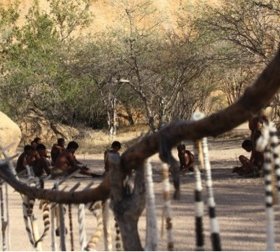
Keeping local traditions alive
From its location in the Erongo Mountains, Ai Aiba – or The Rock Painting Lodge – offers the opportunity to see a wealth of traditional Bushman rock art, some of which dates back 2,000 years. Guides at the lodge offer informative walking tours, indicating their commitment to preserving their home and local area.
Visitors can also learn about the traditional lifestyle of the San people (Bushman) by visiting an open-air living museum. It’s an interactive experience where you might learn how to shoot an arrow, try the unique form of rope skipping or join in with traditional songs. The programme has been carefully designed to keep local traditions alive, while providing employment opportunities for nearby San communities. Guides are trained to speak English, helping to enhance the understanding among guests.
See more great sustainability projects in Namibia
Communications
- Power supply notes
- There is a back-up generator in case of power cuts.
- Communications
- There is cellphone service throughout the lodge and complimentary WiFi in the main area. That said, note that the WiFi can be slow depending on how many people are using it.
- TV & radio
- None
- Water supply
- Borehole
- Water supply notes
- Each en-suite room has hot and cold running water and a flush toilet.
Health & safety
- Malarial protection recommended
- No
- Medical care
- There is a doctor and small hospital in Omaruru (45km away). In an emergency, guests would be airlifted to Windhoek.
- Dangerous animals
- Low Risk
- Security measures
- We understand that there is 24 hour security on site.
- Fire safety
- There are fire extinguishers in the rooms and main area.
Useful info
- Disabled access
- On Request
- Laundry facilities
- Laundry is available and is charged per item. Clothing is machine washed and air dried, and – depending on the weather – will be returned the same day.
- Money
- There are digital safes in all the rooms.
- Accepted payment on location
- Payments may be made in cash using South African rand and Namibian dollars. Card payment is also possible with Visa or Mastercard.
Plan and book your trip with Expert Africa
All of our trips are tailor-made, so we'll always adapt them to suit you. Talk to an Expert and let us plan and arrange your perfect trip.

Talk to an Expert
Call or email us now! We’ll match you with the Specialist in our team who is best suited to help you. Then together we can start planning your trip.

Set up your itinerary
Based on our experience and your ideas, your specialist will create a detailed, costed itinerary. We’ll refine it together, until we have a trip that you’re perfectly happy with.

Prepare for your trip
The same Specialist will make the seamless arrangements for your trip, send you detailed travel documents, and be available to answer any questions before you depart.

Travel with peace of mind
After you set off, you’ll be cared for by our partners in Africa, most of whom have worked with Expert Africa for decades. And if you ever need us urgently, we’re available 24/7.

When you return
We love to learn about your trip, and so will always be grateful if you’ve the time to give feedback to your Specialist when you return.
Ai Aiba Lodge's location
Look closer at the environment and surroundings of Ai Aiba Lodge.
Other lodges in Central Highlands
Alternative places to stay in this same area.
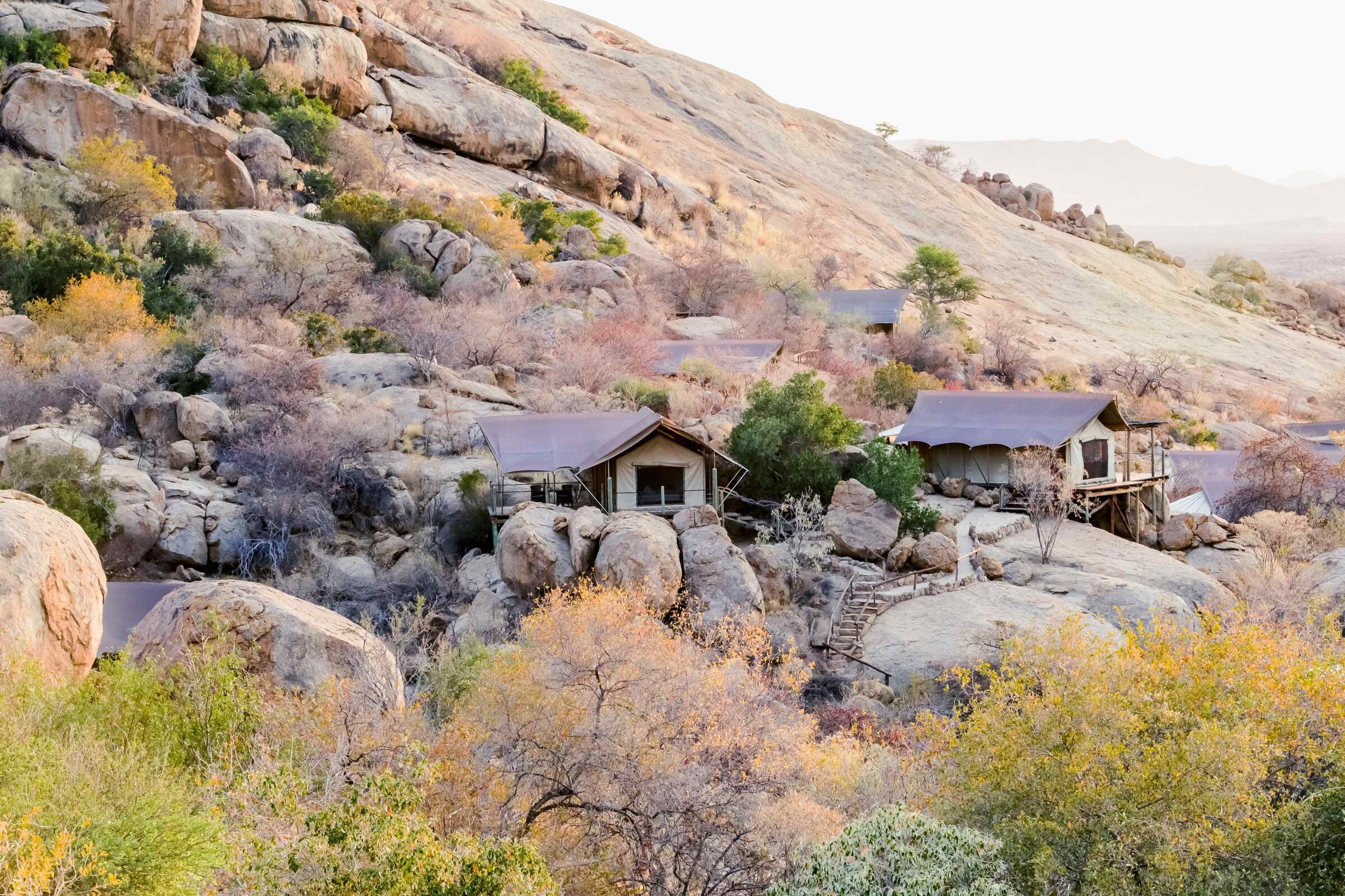
Ondudu
A long-time favorite, Ondudu Safari Lodge is now under new management, and we're eager to see how this charming, laid-back retreat continues to evolve.
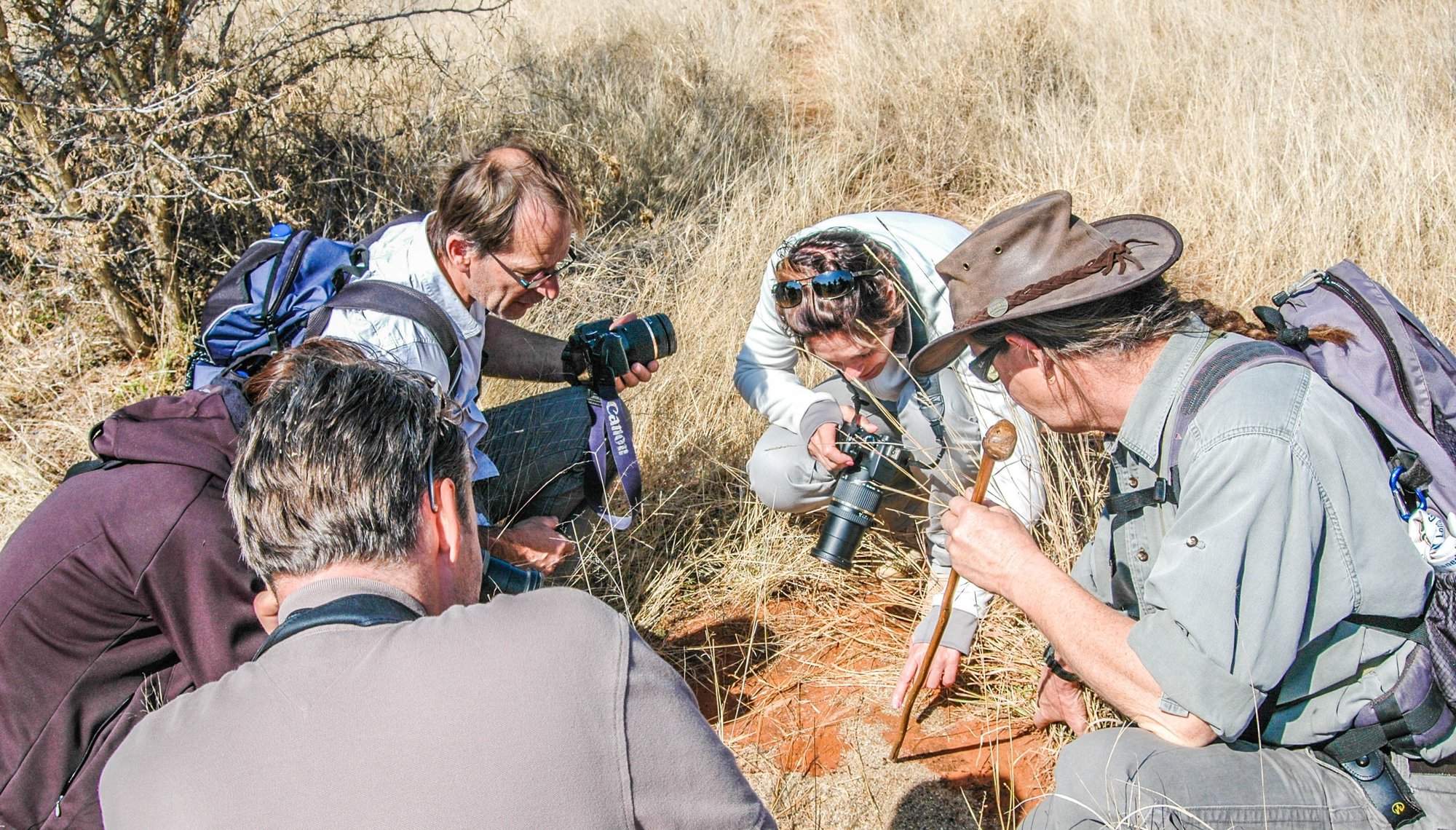
Mundulea Reserve
The rustic Mundulea Bushcamp offers superb and varied walking in the company of a top-class guide on a reserve that features many endangered or endemic species.
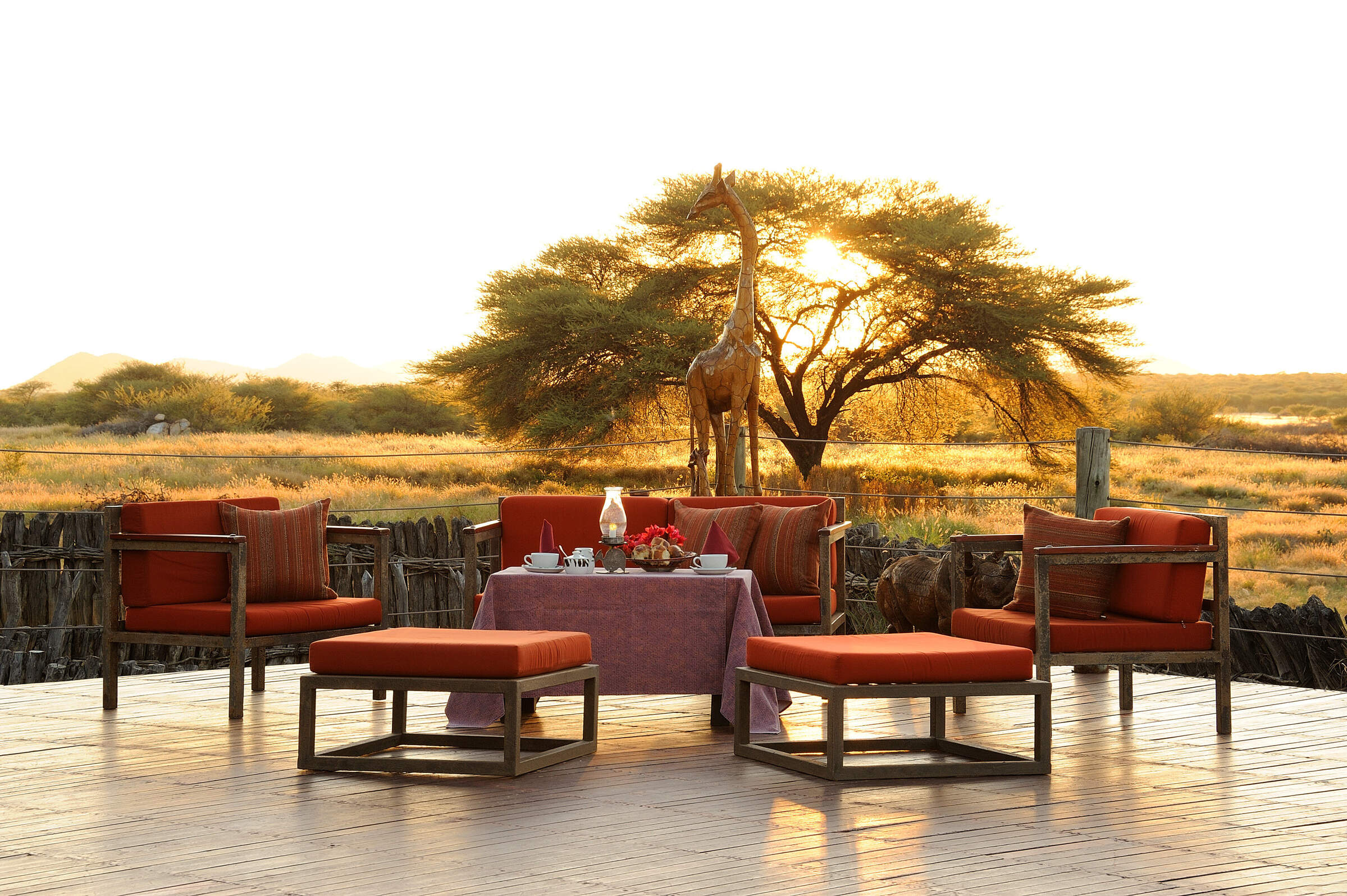
Frans Indongo Lodge
For a chance to spot some rare game species, Frans Indongo Lodge is an ideal stop over between Windhoek and the Etosha National Park.
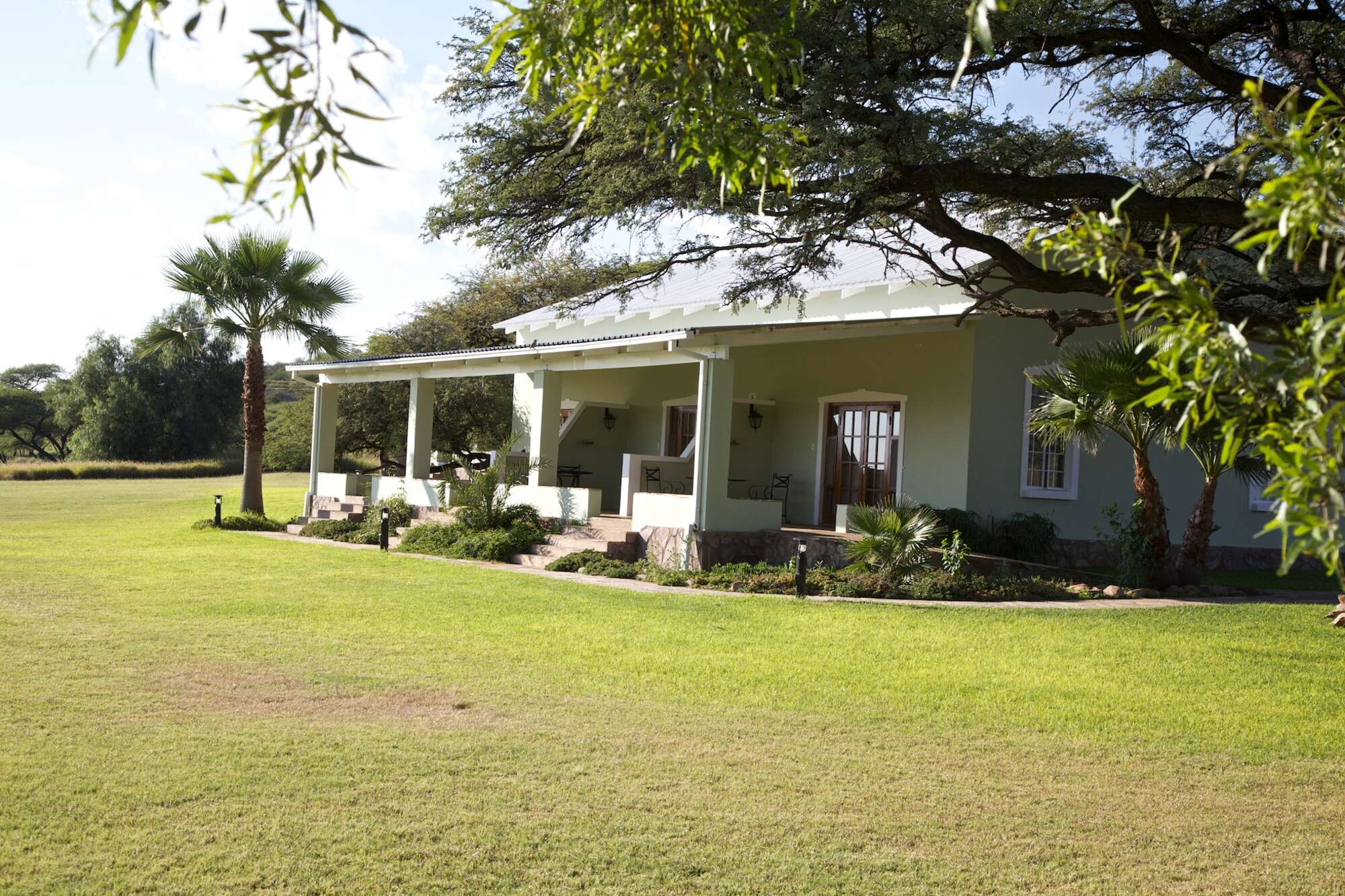
Ghaub Guest Farm
Ghaub Guestfarm is a charming guestfarm on the site of an old mission station, in an unusually verdant patch of Namibia.
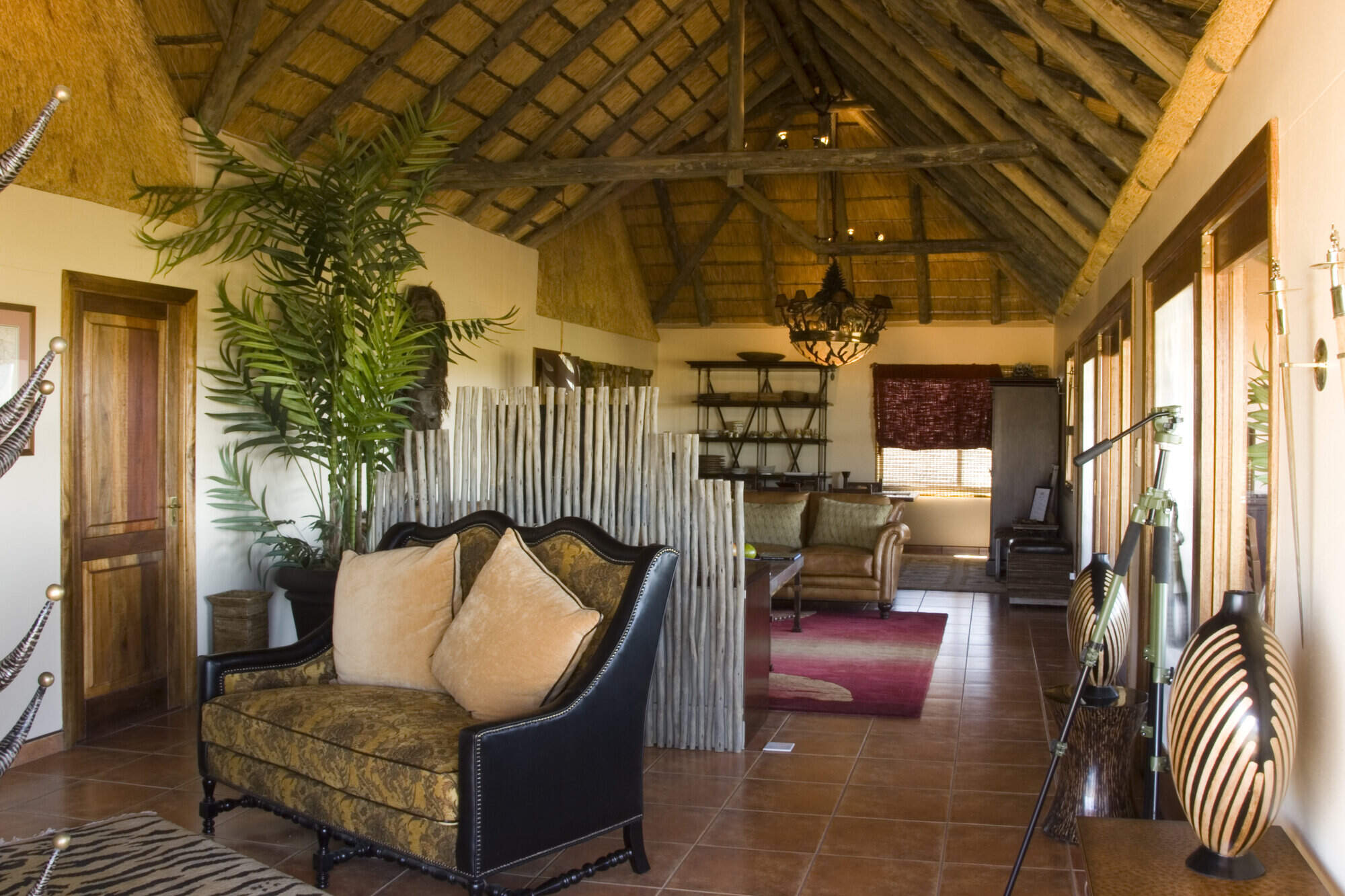
Cheetah View
Cheetah View Lodge offers guests the chance to see cheetahs at close range and to learn about the work of the Cheetah Conservation Fund.
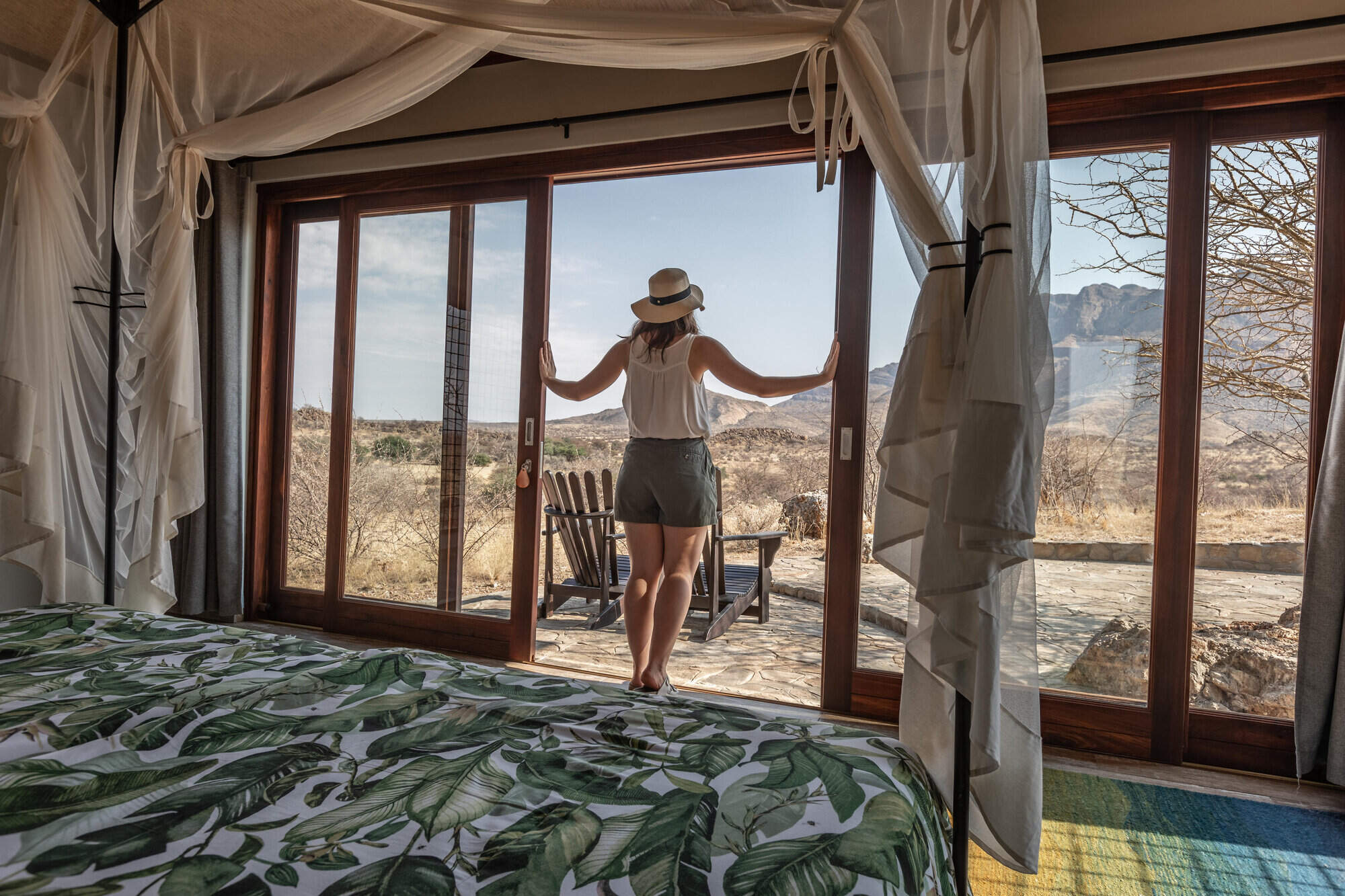
Hohenstein Lodge
Hohenstein Lodge is situated south of the Erongo Mountain Range. Each of its ten chalets has been built to make the most of the panoramic views.
When to go to Central Highlands
Our month by month guide: What it's like to visit Ai Aiba Lodge in Central Highlands
Jan
Feb
Mar
Apr
May
Jun
Jul
Aug
Sep
Oct
Nov
Dec
Central Highlands in January
The Central Highlands experiences the heart of the rainy season in January. The Erongo Mountains and Otavi Highlands see localised showers, creating a refreshing change in the landscape.
Days can be clear and warm, with temperatures around 30°C/86°F, while others bring spectacular thunderstorms. These rains can cause flash floods in ephemeral rivers, temporarily transforming the usually dry landscape. The greening environment makes a striking contrast, especially in the rocky terrains of Spitzkoppe and Brandberg.
Many birds in the region, including those in the Waterberg Plateau Park, are in full breeding plumage, and migrant species are abundant. Wildlife in areas like the AfriCat Foundation near Otjiwarongo may be more dispersed due to increased water availability, making sightings less predictable.
- Variable weather, hot with occasional rain
- Thunderstorms possible in the Erongo Mountains and surrounding areas
- Wildlife dispersed, harder to spot
- Birdlife spectacular in the Waterberg Plateau
- Fewer tourists, lower rates for accommodation
Our view
This is not a great time to visit
Weather in January
Central Highlands in February
February is typically the wettest month in the Central Highlands. The variation in weather is significant; areas like Okahandja and Otjiwarongo can experience heavy rains, while the Erongo Mountains might see more sporadic showers. Some days are clear and hot, while others bring cloudy skies and spectacular thunderstorms. These rains can make travel challenging, especially on unpaved roads to attractions like Spitzkoppe.
The landscape turns vibrantly green, particularly noticeable in the usually arid areas around Brandberg. This abundance of water and vegetation makes wildlife viewing in places like the Waterberg Plateau Park more challenging, as animals disperse widely. However, it's an excellent time for birdwatching, with many species raising their young and insects becoming more prevalent.
- Hot and humid with some rainfall
- Lush landscapes in Otavi Mountains
- Excellent birdwatching opportunities
- Wildlife viewing challenging but rewarding
- Few tourists, good deals on accommodation
Our view
This is not a great time to visit
Weather in February
Central Highlands in March
March usually sees the rains in the Central Highlands tapering off, and daily temperatures can spike to close to 40°C/104°F. The Erongo and Otavi Mountains may still experience occasional showers, but many days are clear with strong sunshine. Late afternoons might bring short, spectacular thunderstorms, particularly around higher elevations like Waterberg Plateau.
The landscapes across the region, from Okahandja to Otjiwarongo, are often at their most vivid green. This abundance of vegetation can make wildlife spotting more challenging in areas like the AfriCat Foundation, as animals have plenty of cover. However, it's an excellent time for hiking in the Erongo Mountains or exploring the rock art at Brandberg – though it’s recommended to hike in the early mornings to avoid the soaring temperatures and last of the summer storms in the afternoons.
Many birds and animals are finishing raising their young, making it an interesting time for nature observation.
- Less rainfall, though humid and hot
- Erongo Mountains ideal for hiking
- Animals well-fed after months of plentiful rainfall
- Migratory birds begin to depart
- Few tourists visit during March, so rates often low
Our view
A good time to visit, with pros & cons
Weather in March
Central Highlands in April
April in the Central Highlands central Namibia is dominated by dry weather, with decreasing chances of rain. Temperatures in areas like Okahandja and Otjiwarongo start to fall towards the end of the month, making daytime conditions pleasant for outdoor activities. The nights might have a slight chill, especially in higher areas like the Erongo Mountains.
The landscape remains verdant from the recent rains, creating beautiful scenery around attractions like Spitzkoppe and Brandberg. This is an excellent time for photography, with clear air and spectacular landscapes. Wildlife viewing at places like the AfriCat Foundation or Waterberg Plateau Park can be rewarding, with animals in great condition after the rainy season. However, finding big game can still be challenging as water remains widely available.
April offers good value for tourists, with many lodges still charging low-season rates.
- Cooler nights, pleasant daytime temperatures
- Easter brings a slight increase in visitors
- Wildlife more visible as vegetation thins
- Fresh air and green landscapes
- Great time for photography in Spitzkoppe
Our view
A good time to visit, with pros & cons
Weather in April
Central Highlands in May
By May, central Namibia starts drying out rapidly. Days are typically warm with crisp, clear mornings and blue skies. Evenings are cool, with temperatures potentially dropping below 10°C/50°F overnight. If the rains have been good, areas like the Erongo Mountains and Otavi Highlands remain green, but wildlife starts to concentrate around permanent water sources.
The air quality and clarity in the region can be amazing, making this an ideal month for photography at iconic locations like Spitzkoppe or Brandberg. This is an excellent time for hiking in the Erongo Mountains or exploring the Waterberg Plateau, with comfortable temperatures and increasingly good wildlife sightings.
Many lodges in the area still offer low-season prices, making May a great value month for visiting the area.
- Dry, warm days and cool nights
- Landscapes transition from green to gold
- Excellent visibility for wildlife viewing
- Moderate rates as high season approaches
Our view
A very good time to visit
Weather in May
Central Highlands in June
June brings dry conditions. Skies are blue and largely cloudless over areas like Okahandja and Otjiwarongo. Days are lovely and warm, but nights can be cold, sometimes approaching freezing in exposed areas like Spitzkoppe. Visitors should pack warm clothing for early morning activities, such as game drives at the AfriCat Foundation.
Wildlife viewing in the region, especially around Waterberg Plateau Park, follows dry-season patterns with animals congregating around water sources. The clear air makes this an excellent time for photographers to capture the dramatic landscapes of the Erongo Mountains or Brandberg.
Historically, June has offered lower rates, but with increasing popularity, some lodges now consider it part of their high season, so early booking is advisable.
- Clear, crisp days and cold nights
- Erongo Conservancy offers great game drives
- Stargazing opportunities in the Brandberg area
- Wildlife concentrates around water sources
- Moderate lodge rates, increasing number of visitors
Our view
A very good time to visit
Weather in June
Central Highlands in July
July in the Central Highlands offers reliably warm daytime temperatures above 20°C/68°F and excellent wildlife viewing opportunities. Rain is extremely rare, and clear skies provide perfect conditions for stargazing in areas like the Erongo Mountains. However, the occasional cold front can pass over the area, and nights can be very cold, potentially dipping below freezing in exposed areas like Spitzkoppe. Visitors should dress in layers and be prepared for chilly mornings and evenings.
As vegetation becomes sparse, game concentrates around water sources, making this an ideal time for wildlife viewing at places like the AfriCat Foundation near Otjiwarongo, or Waterberg Plateau Park. The dry conditions also make this a great time for hiking and rock climbing activities in the region.
Lodges typically charge high-season rates, and popular spots can book up well in advance.
- Dry days, cold nights in the Central Highlands
- Peak season for wildlife viewing begins
- European holidays bring more family travellers
- Higher rates, advanced bookings necessary
- Excellent time for hiking in Waterberg
Our view
A very good time to visit
Weather in July
Central Highlands in August
August marks the height of winter in the Central Highlands. Expect cloudless skies and warm sun during the day, but nights can drop to freezing in exposed areas like Spitzkoppe or the Erongo Mountains. Visitors should bring warm clothes for chilly mornings and evenings, especially for activities like early game drives.
The landscape is at its driest, with golden-brown vegetation dominating. This makes wildlife viewing excellent, particularly in areas like Waterberg Plateau Park or the AfriCat Foundation near Otjiwarongo, as animals congregate around remaining water sources.
August is one of the most popular times to visit the Central Highlands, especially for families. Attractions like Brandberg's rock art sites or hiking trails in the Erongo Mountains are particularly appealing in the cooler weather. Early booking is essential for the best lodges.
- Warm days in the sun, very cold nights
- Spectacular stargazing in Erongo Mountains
- Wildlife viewing at its best in the region
- Peak season rates, limited availability
Our view
Fantastic: the very best time to visit
Weather in August
Central Highlands in September
September in the Central HighlandsCentral Highlands brings blue, cloudless skies and fantastic wildlife viewing opportunities. Rain is almost unheard of, and as the month progresses, both days and nights get warmer. Daytime temperatures in areas like Okahandja and Otjiwarongo can reach the low 30s °C/80s °F .
The air becomes dustier, which can create hazy conditions for photographers capturing the dramatic landscapes of Spitzkoppe or the Erongo Mountains. Wildlife viewing is at its peak, with animals congregating around remaining water sources. This makes September an excellent time to visit places like the AfriCat Foundation or Waterberg Plateau Park.
It's one of the most popular months for visitors, especially safari enthusiasts, and lodges charge high-season rates. Early booking is advisable for prime locations.
- Warm days, temperatures rising steadily
- Landscapes golden brown, great for photos
- Excellent month for wildlife observation
- High season rates, book well in advance
- Himba cultural tours available near Opuwo
Our view
Fantastic: the very best time to visit
Weather in September
Central Highlands in October
October is typically the hottest and driest month in the Central Highlands. Temperatures build throughout the month, with daily highs potentially exceeding 40°C/104°F in areas like Okahandja and Otjiwarongo. Despite the heat, the low humidity makes conditions bearable.
This is the peak of the dry season, making it an excellent time for wildlife viewing in places like Waterberg Plateau Park or the AfriCat Foundation, as animals gather around scarce water sources. However, dust and occasional smoke can make the air hazy, challenging for photographers. The Erongo Mountains and Spitzkoppe offer dramatic, parched landscapes.
October is popular among wildlife enthusiasts and commands peak-season prices. Towards the end of the month, visitor numbers may decrease slightly, offering a window for last-minute bookings.
- Hot and dry throughout Central Highlands
- Prime time for game viewing in reserves
- Waterberg Plateau offers scenic hikes
- Peak rates, limited availability at lodges
- Spitzkoppe ideal for rock art enthusiasts
Our view
A very good time to visit
Weather in October
Central Highlands in November
November in the Central Highlands can be unpredictable. Mornings are often hot and cloudless, but afternoons may bring cloud cover and cooler temperatures. Areas like Okahandja and Otjiwarongo might experience spectacular late-afternoon thunderstorms as humidity builds. These storms are typically localised and may be absent from more arid areas like Spitzkoppe. Places receiving good rain, such as the Erongo Mountains, quickly turn green, bringing a sense of renewal to the landscape.
This is an exciting time for wildlife, with many mammals giving birth. Once rains arrive, wildlife in areas like Waterberg Plateau Park becomes more dispersed, making game viewing more challenging. However, November is excellent for birdwatchers, with migrant species arriving in breeding plumage, especially noticeable in the diverse habitats of the Central Highlands.
- Variable weather, possible early rains
- New vegetation growth begins if it rains
- Wildlife viewing good in Erongo region
- Shoulder season, rates become more moderate
- Bird watching excellent as migrants return
Our view
A good time to visit, with pros & cons
Weather in November
Central Highlands in December
December marks the start of the rainy season in the Central Highlands and is one of the hottest months. In areas like Okahandja and Otjiwarongo, clear mornings often give way to building clouds and occasional spectacular thunderstorms. These rains are generally welcomed, refreshing the parched landscapes of places like the Erongo Mountains and Spitzkoppe. Even short showers can trigger a rapid greening, providing food for young animals.
Wildlife tends to disperse widely, which can make game viewing at locations like the AfriCat Foundation or Waterberg Plateau Park more challenging. However, many birds are breeding, sporting their most colourful plumage.
The holiday season can make popular attractions and accommodation options busy, especially in cooler areas like the Erongo Mountains. Visitors should book well in advance and be prepared for potential weather-related changes to their plans.
- Hot with possibility of rain showers
- Landscapes green where rain has fallen
- Otavi Mountains offer scenic game drives
- Best time for birding enthusiasts
- Holiday season brings more local tourists
Our view
This is not a great time to visit
Weather in December

Looking for inspiration on where to travel next?
Visit our trip chooser to explore your options and find inspiration for your perfect African adventure
Inspire me